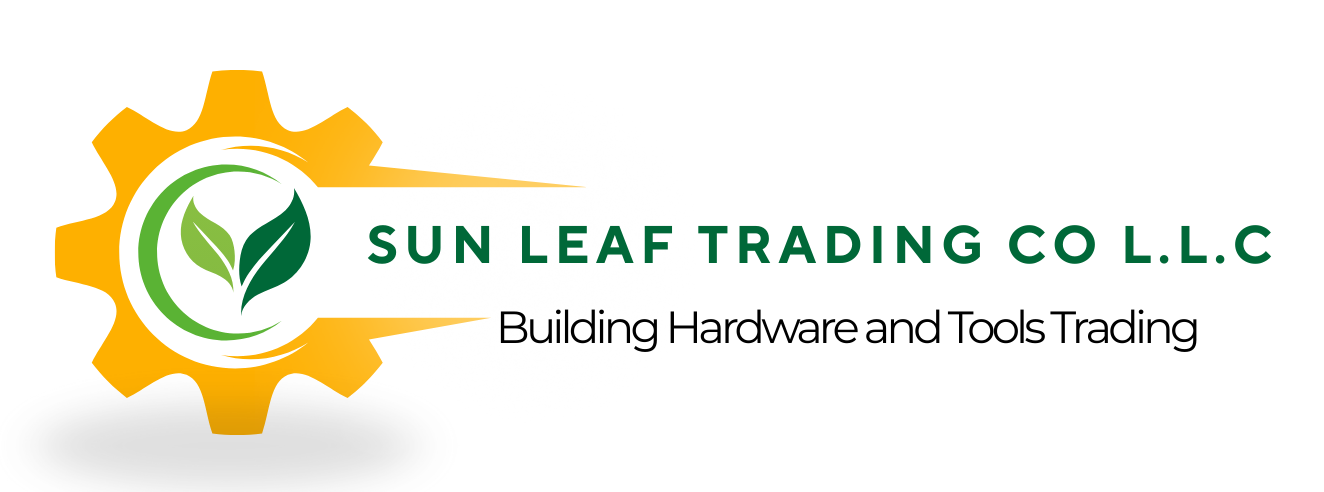Introduction
Construction projects, whether large or small, rely heavily on the right tools and machinery. Renting is often smarter than buying, but rushing into a rental agreement without proper preparation can lead to wasted money, unsafe conditions, or project delays. To avoid these issues, you need a structured checklist that covers everything from tool condition to rental policies.
This article offers a detailed checklist, divided into clear sections: understanding your project needs, choosing the right rental company, inspecting equipment, reviewing rental terms, safety considerations, and financial planning. Following this checklist ensures your project runs smoothly and without unexpected surprises.
1. Understand Your Project Requirements
Before approaching any rental company, you must define your project clearly. The type of work you are doing will determine what tools you need.
- Scope of Work: List every task in your project. For example, digging foundations may require an excavator, while interior finishing may only need hand tools.
- Project Size: Small residential jobs need different machines than large commercial construction.
- Duration: Estimate how long you will need each tool. This affects rental costs and availability.
- Skill Level: Consider whether your team knows how to operate the tools or if you need training or professional operators.
2. Research and Choose the Right Rental Company
Not all rental providers are the same. Choosing a reliable company ensures quality tools and smooth service. Look at these factors:
- Reputation: Check reviews, testimonials, and ratings from past clients.
- Inventory: A good company should have a wide range of equipment in good condition.
- Support: Ensure they offer customer support, operator training, or technical assistance.
- Delivery: Ask if they provide transport to and from your site.
- Location: A nearby rental provider saves time and delivery costs.
3. Inspect the Equipment Carefully
Before accepting tools or machinery, physically inspect them. Do not assume they are in perfect condition just because they came from a rental company.
- Check for visible damage like cracks, rust, or broken parts.
- Verify safety features such as guards, brakes, and emergency shut-off switches.
- Test the tool if possible to confirm it is in working condition.
- Ensure the machine comes with all necessary attachments and accessories.
- Check maintenance records or ask when it was last serviced.
Document the condition with photos before use, so you are not held responsible for pre-existing damage.
4. Review Rental Terms and Conditions
Every rental agreement comes with terms that can affect your project budget and legal responsibility. Go through the contract carefully before signing.
- Rental Duration: Understand daily, weekly, and monthly rates. Sometimes longer rentals offer discounts.
- Deposit: Know the amount required and conditions for refund.
- Damage Policy: Clarify who pays for repairs in case of accidental damage.
- Late Return Fees: Understand penalties if the tool is returned late.
- Delivery and Pickup: Confirm if these services are included or charged separately.
- Insurance: Ask if the rental covers accidents, theft, or breakdowns.
5. Safety Considerations
Construction tools can be dangerous if not used correctly. Safety should be a priority when renting equipment.
- Ensure the tool comes with proper manuals or operating instructions.
- Provide personal protective equipment (PPE) such as helmets, gloves, and goggles for your team.
- Ask if the rental company provides training for complex machines.
- Check that the equipment meets local safety regulations.
6. Financial Planning and Budgeting
Renting saves money, but costs can still add up if not planned properly. Prepare your budget in advance.
- Compare rental rates from multiple companies before deciding.
- Include delivery, deposit, insurance, and fuel charges in your calculation.
- Plan tool usage efficiently to avoid paying for unused days.
- Negotiate for package deals if renting multiple tools at once.
7. Confirm Availability in Advance
Popular tools may not always be available during peak construction seasons. To avoid project delays, reserve your tools in advance.
Confirm delivery dates, pickup schedules, and backup options if the tool becomes unavailable at the last minute.
8. Keep Communication Clear
Stay in regular contact with the rental provider. Share details about your project site, working hours, and special requirements. Clear communication avoids misunderstandings and ensures smooth service.
Frequently Asked Questions
- Q: What should I do if a rented tool breaks down on site?
- A: Stop using it immediately and contact the rental company. Do not attempt repairs yourself unless authorized.
- Q: Can I extend the rental period?
- A: Most companies allow extensions if the tool is not already booked by another customer. Inform them as early as possible.
- Q: Do rental companies provide operators for large machines?
- A: Some companies do offer trained operators for an additional fee. This is useful for equipment like cranes or excavators.
Conclusion
Renting construction tools offers flexibility, cost savings, and convenience — but only if done with proper planning. By following this checklist, you can make informed decisions, avoid unexpected costs, and ensure safety on your site. From defining project needs and choosing the right rental company to inspecting tools and understanding contracts, every step matters. Next time you plan to rent, keep this checklist in hand and your project will run far more smoothly.

